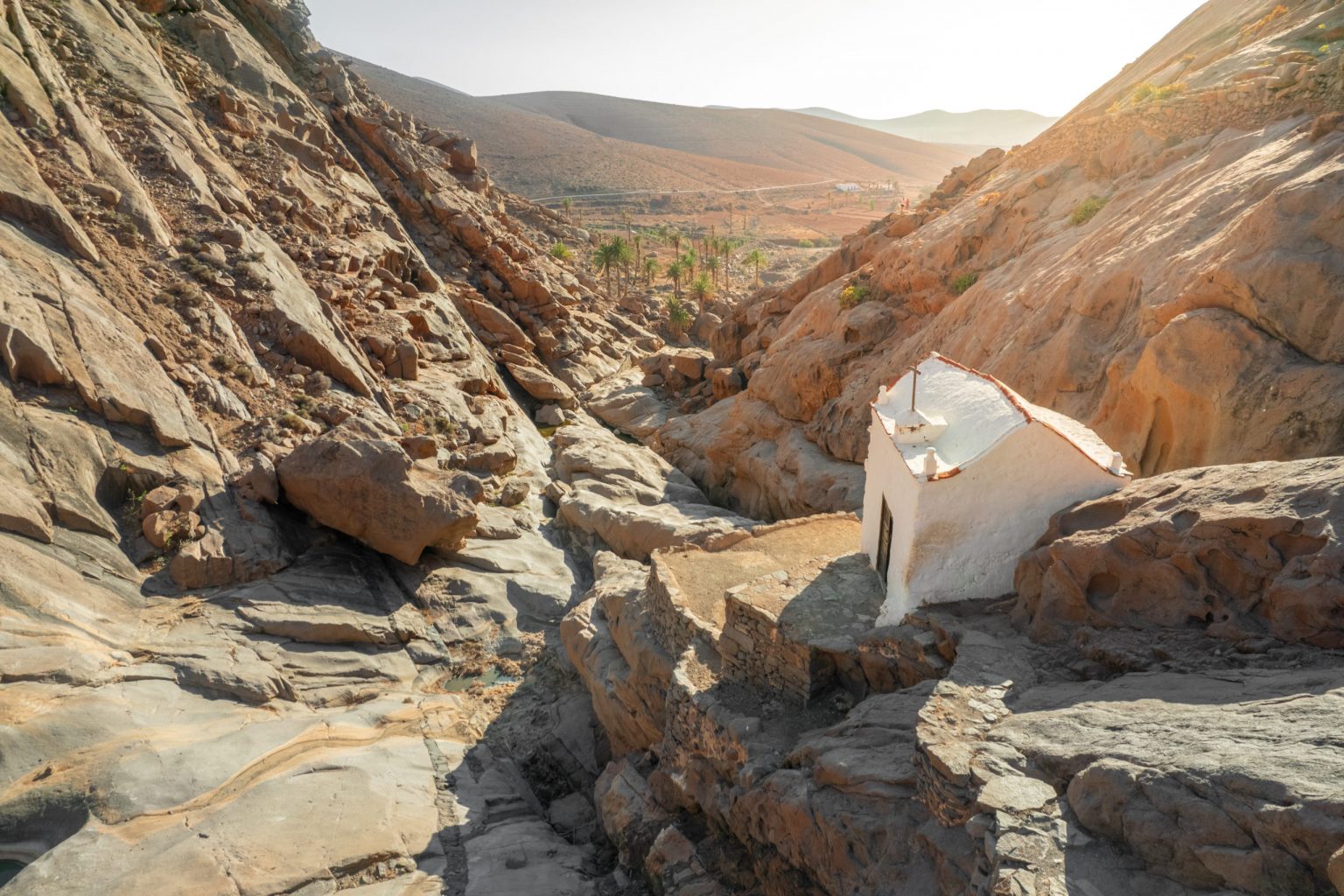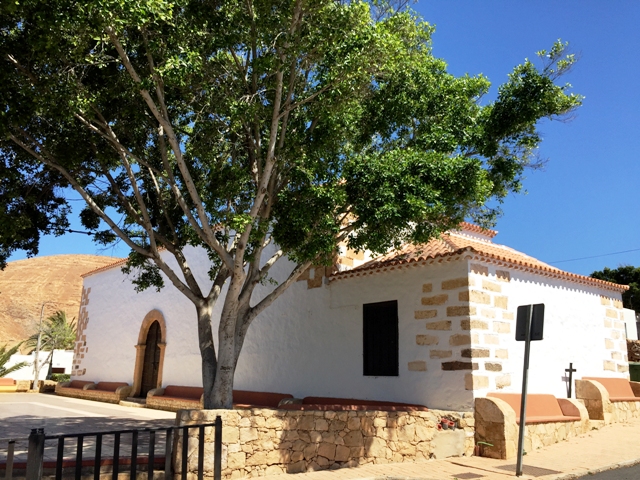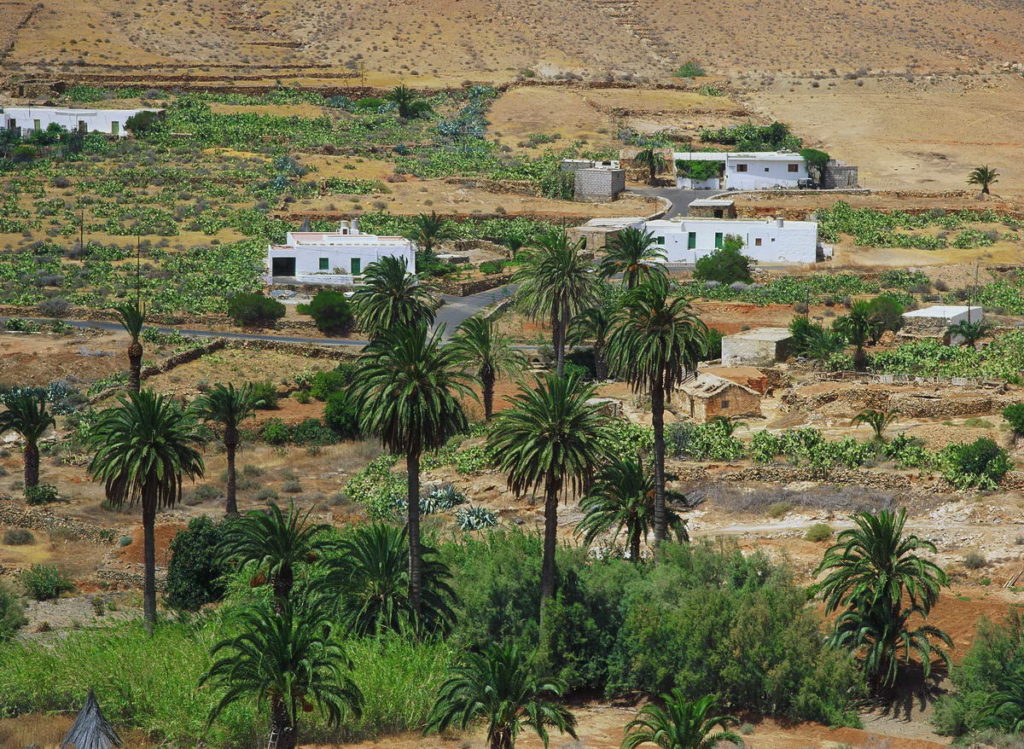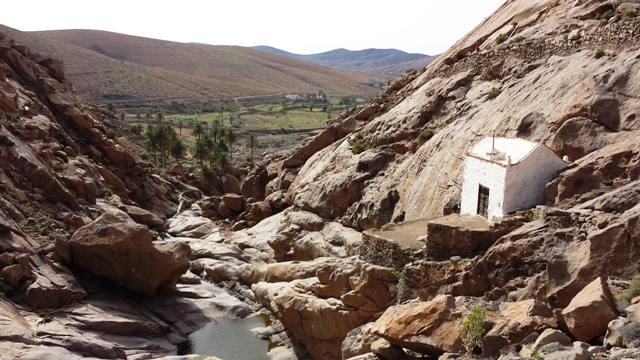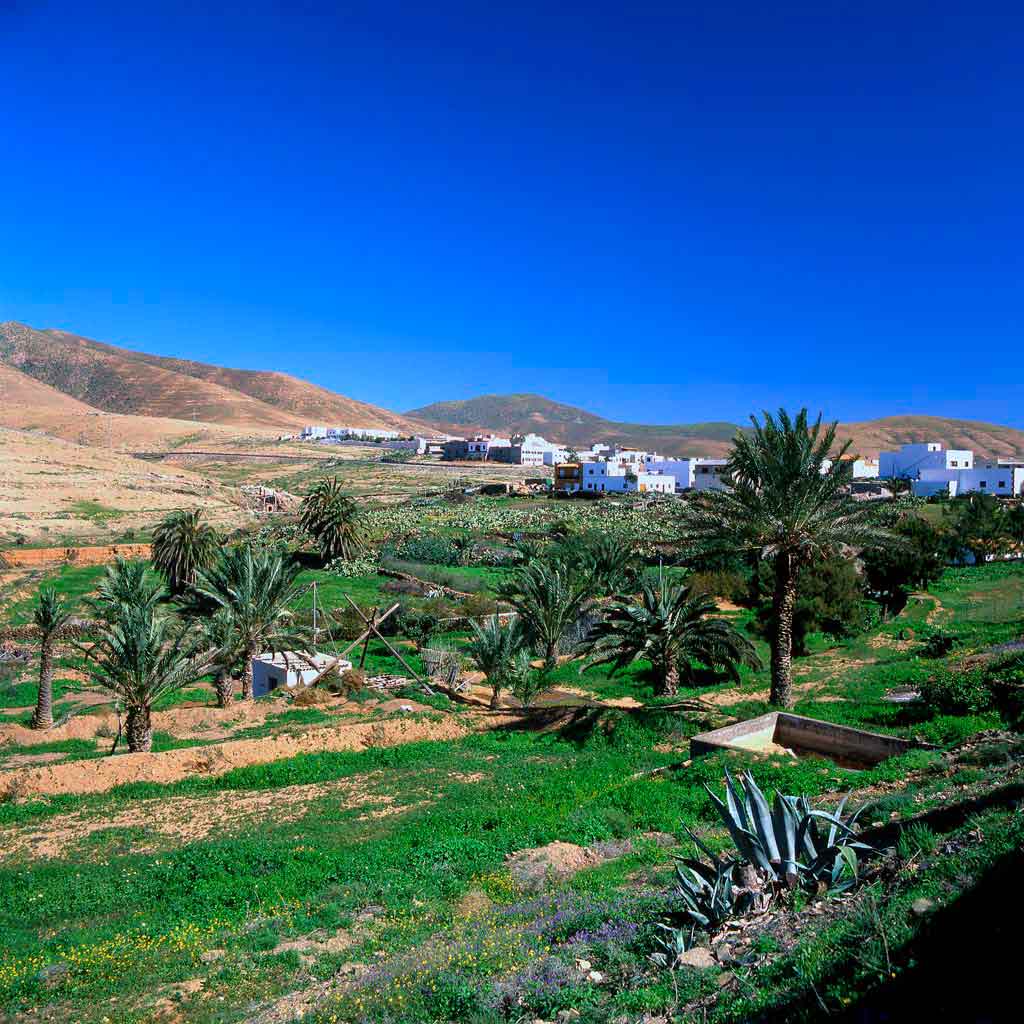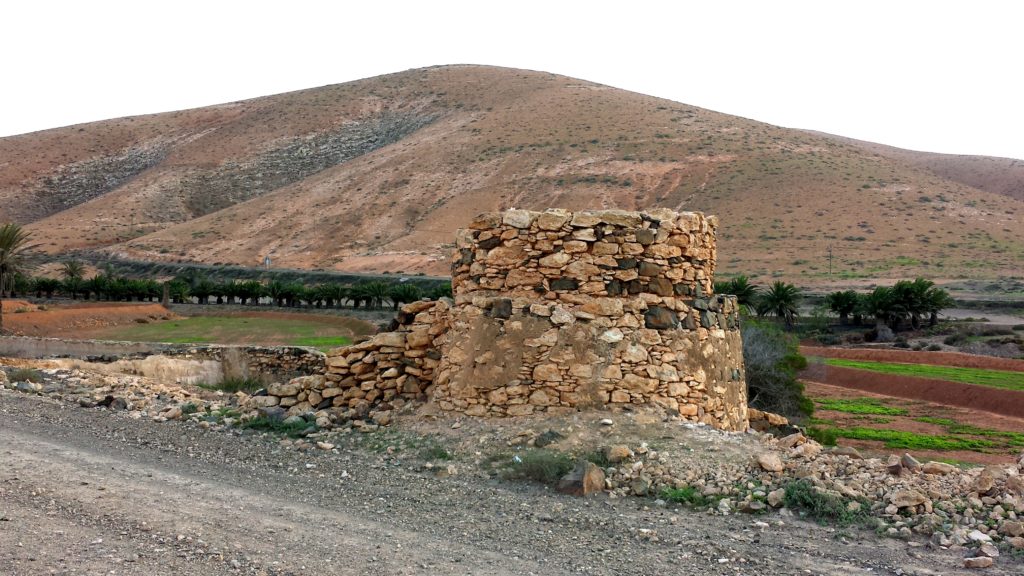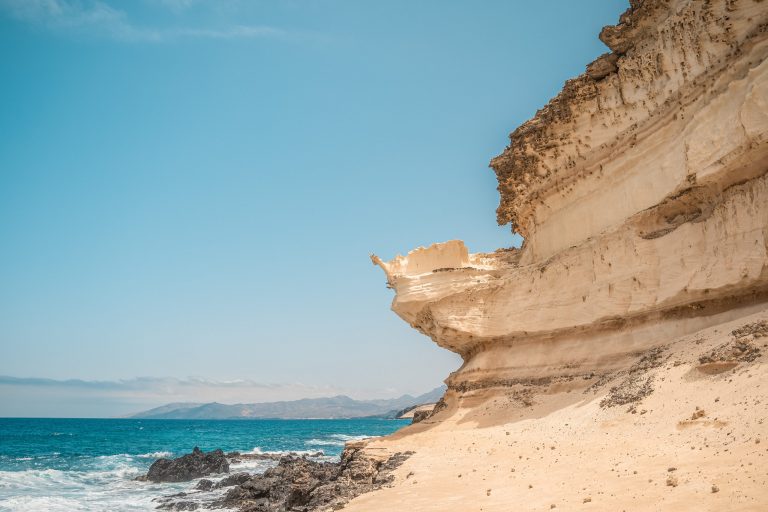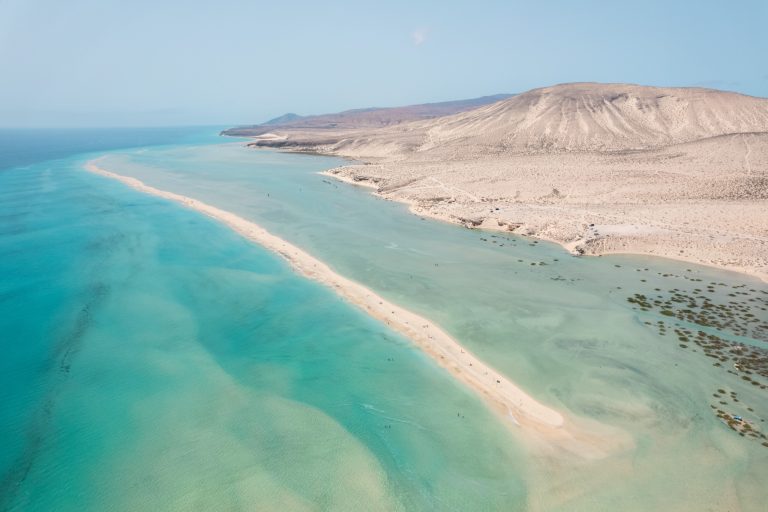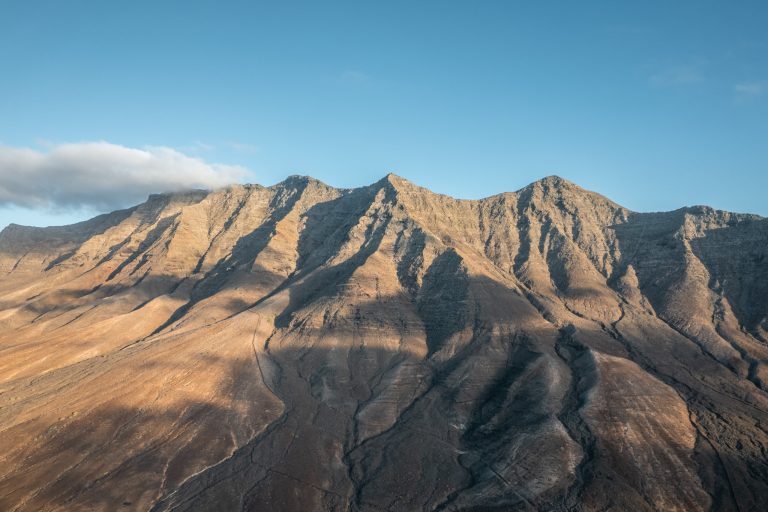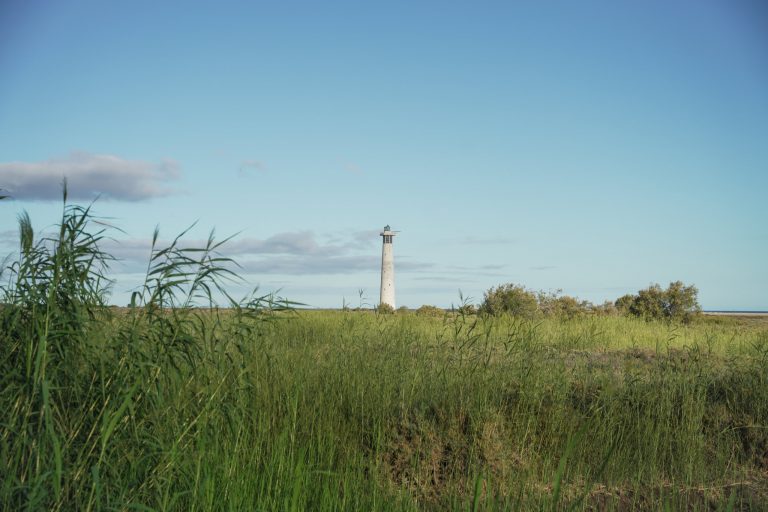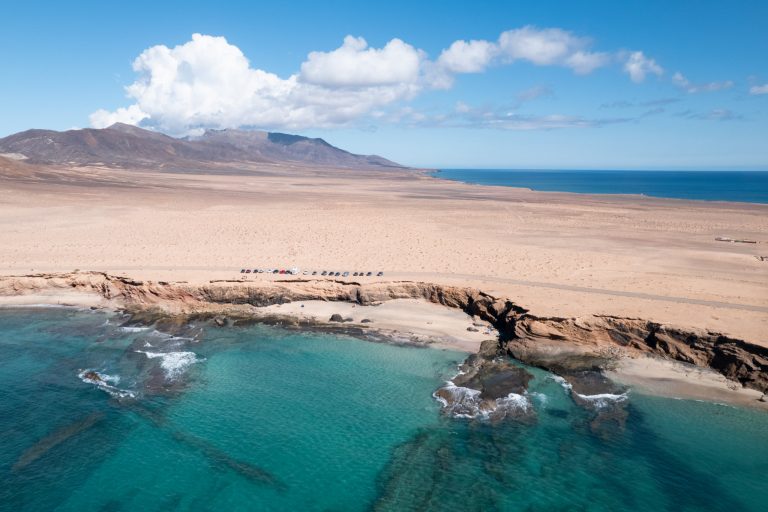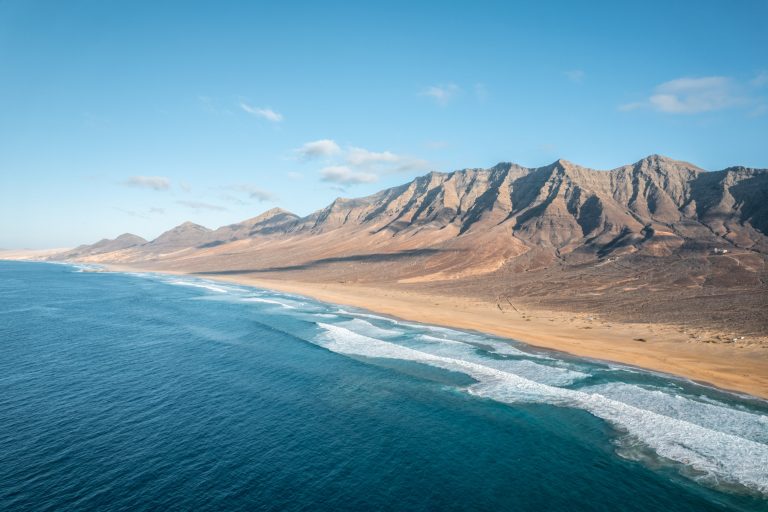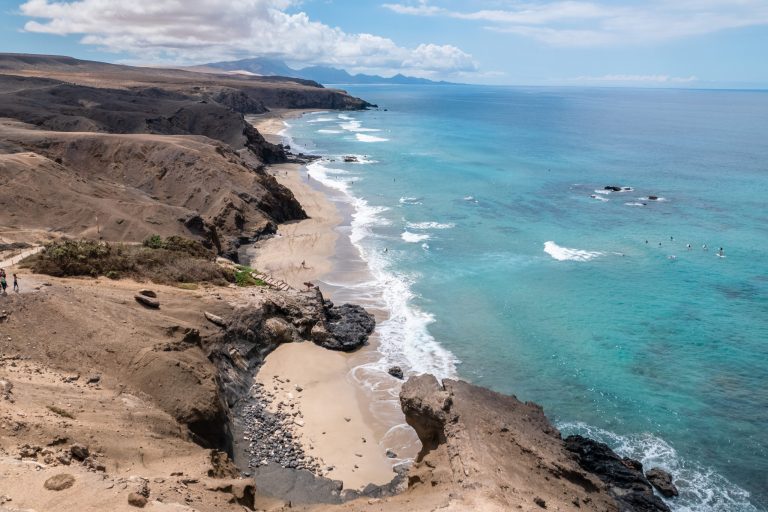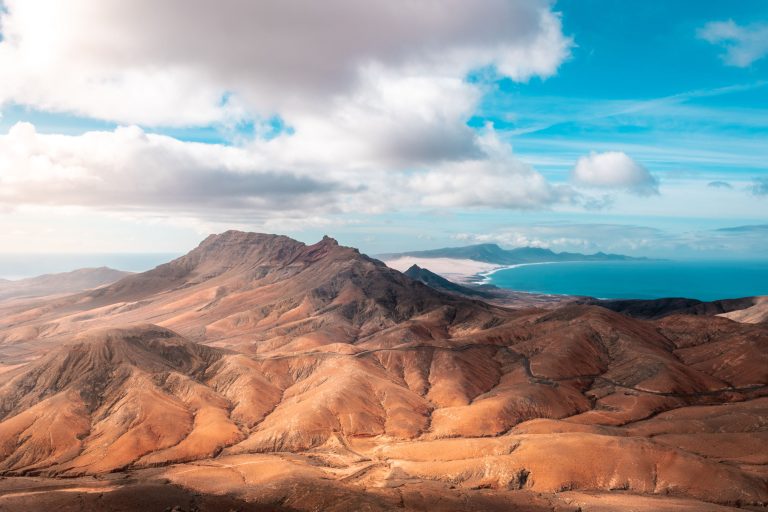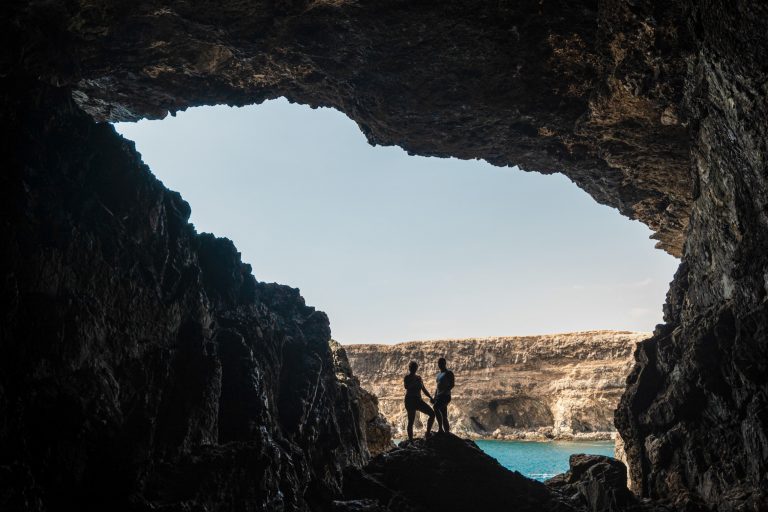Route through the historic-artistic center
As the writer Miguel de Unamuno passionately defended during his months of exile in Fuerteventura, in 1924, the town does not respond to the popular saying that ” there are no birds in Pájara “. As soon as you arrive at the surroundings of the parish church, a cheerful bustle of Moorish sparrows, blue tits and Eurasian and Senegalese turtle doves welcomes the traveller. The parched surrounding land here gives way to an exuberant garden, the most beautiful in Fuerteventura, dominated by leafy Indian laurels, Canary palm trees, Chinese roses and multicolored bougainvillea.
Road to Toto
The route runs through the bed of the Pájara ravine, a path marked as stage 5 of the GR 131 within the network of Natural Paths of Fuerteventura. It is a boulevard between sleepy fields of cultivation, prodigy of the intelligence of the Majoreros in a victorious fight against the desert. Those small lands surrounded by modest earthen walls are called topsails. The steep street of the Toto neighborhood leads us towards the church of San Antonio de Padua, among whose laurels the rare Majorero blue tit can once again be heard.
Sleeping topsails and five American windmills appear immediately. An old Canarian pine tree grows by the side of the road, next to stone walls where Moorish squirrels take refuge as we pass.
Another surprise awaits us on the road. The flight, as fragile as it is beautiful, of one of the most beautiful living beings in the Canary Islands, the monarch butterfly . The same one that stars gigantic migrations between the United States and Mexico.
Ascent to the Degollada de los Granadillos
Next to a restored shepherd’s hut, a picnic area has been built that invites you to gather strength before starting the ascent of the Tequereyde or Terequey ravine. They are slopes covered by an interesting sweet tabaibal where Moorish partridges take refuge and it is easy to see the buzzard or buzzard, always attentive and screaming. Along the path we discover interesting plants such as lavender, sea rosemary, joraos, asparagus and tederas. Also small birds such as the confident Canary stonechat , easy to see as it is always on the lookout for any insect on top of the plants and stones, or the Thyme Warbler. Of the ancient Canary wild olive forests that populated these mountains 2,000 years ago, there are only a few specimens left in the most inaccessible areas.
Following the path we easily crown the Degollada de los Granadillos, the highest point of the route and the border with the neighboring municipality of Betancuria. So far it has been 5 kilometers and just an hour and a half of walking. It is possible to return to Pájara the way we came, but we suggest following the path and going down to the Las Peñitas dam to complete the circular route.
Conquerors and miracles
At the bottom of the valley we walk among towering centenarian Canary palm trees, lemon trees and even sweet-smelling guayaberos. The reservoir, clogged by sediment from torrential rains, has been colonized by a tight tamarisk where the increasingly rare European turtle dove can still be heard in spring. In the sky it is easy to distinguish the silhouette of the canary guirre or Egyptian vulture .
We carefully pass over the wall of the dam to descend along the path that leads to the beautiful hermitage of the Virgen de la Peña , patron saint of Fuerteventura with a reputation for being miraculous. The small white building makes this historic gorge even more spectacular, through which the first European conquerors of the island ascended at the beginning of the 15th century.
historical palm trees
At the exit of the Mal Paso ravine, the Buen Paso farmhouse opens up, a small botanical garden where the Administration tries to recover the original thermophilic vegetation among old palm trees.
Return to Pajara
From Buen Paso we take the road to Mézquez and then carefully follow the ditch towards Pájara. Just where the road crosses the ravine, in the area known as Majadas Negras, we reach an unpaved road to the left that leads us towards the Finca de la Novia. There we will see fields of gavias, the remains of a mill and a lime oven, before entering the historic center of Pájara again.

